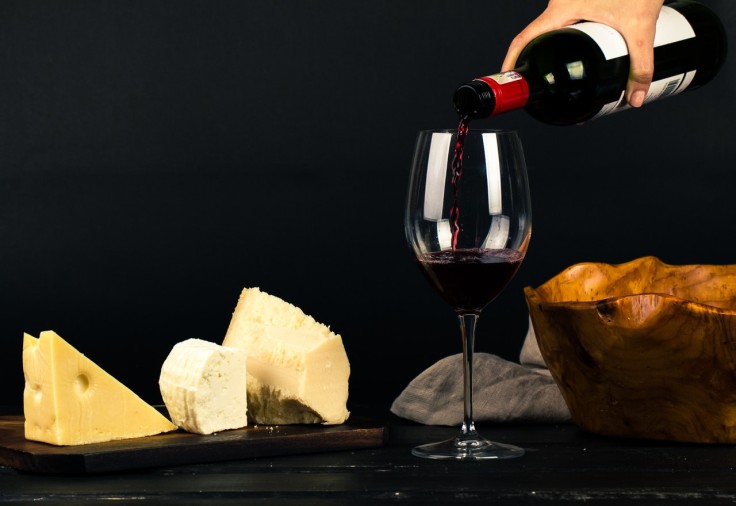Introduction to Wines [for Students]: Know the Different Types and Be an Instant Connoisseur
By
It might sound awkward to teach students how to drink alcoholic beverages. But for college students, wine drinking is part of some occasional gatherings and intimate socials. So before you are left in awe and unsure of what to drink when there is an offer, knowing the varieties of wine to pair with your food can be a life saver.
There are different types of wine, all of which can be classed in different ways, including place of origin, process or style of "vinification", age, and variety. One of the most common ways to classify a wine is by name, which usually refers to the grapes used to produce the wine, or the area from which the grapes are produced.
Generally, classifying a wine by name means referring to its country of origin - such as French or Australian wines. Wines are also categorized by methods of "vinification," or the process in which the juice of different types of grapes is converted to wine.
Although there are hundreds of different varieties and types of wine making, there are 5 main wine classifications, all of which have their own unique styles of vinification.
1. Red Wine-is a still wine made with black grapes. It varies in color shades-ranging from light to very dark red. It varies in sweetness-ranges from bone dry to very sweet.
Examples of popular red wines are: Cabernet Sauvignon, Merlot, Pinot Noir, and Zinfandel.
2. White Wine-is produced from green grapes, but sometimes is produced from black grapes. It has a variety of flavors from rich and creamy to light and zesty.
Examples of popular white wines are: Chardonnay, Riesling, Sauvignon Blanc, and Gewurztraminer.
3. Rose Wine-is made from black grapes. The skin is removed before the wine is colored, hence its unique coloring. It is also formed by mixing red and white wine. It can either be dry or sweet.
Example of a popular rose wine is the Zinfandel, which is also considered a red wine.
4. Sparkling Wine-is created using a second fermentation to create the bubbles. It can be red, rose, or white. It can either be "minerally" (rough texture) or sweet.
Examples of popular sparkling wines are: Rose Champagne, Prosecco, and Sparkling Red Wine.
5. Fortified Wine-is a style of wine-making that fortifies wine with spirits. It is usually, but not always, a dessert wine. Non-dessert fortified wines are also well-loved, just like the Sherry.
Examples of popular fortified wines are: Port wine, Madeira, and Sherry.
6. Table Wine-is also called "Dry Wine." This is the wine that is mostly produced in most parts of the world. Examples of popular table wines are: Dry white wine, Rose wine, and Dry red wine.
Wines can also be classified as either Vintage or Varietal:
- Vintage wine is a wine in which the grapes were grown in a particular region within a particular year that might be dated back to many decades past.
- Varietal wine is a wine made dominantly from a specific variety of a grape, but may also include other grapes as well. Example for that is the Chardonnay. Varietal labeling varies depending on location or region of origin. In the US, in order for a wine to be labeled varietal it must be made from at least 75% from a particular grape variety.
Now that you know a few basics about wines, go ahead and compare each one by taking a delightful sip in some wine-tasting exhibitions. Cheers to more!
RELATED : Drinking Red Wine May Burn Fat
© 2025 University Herald, All rights reserved. Do not reproduce without permission.








